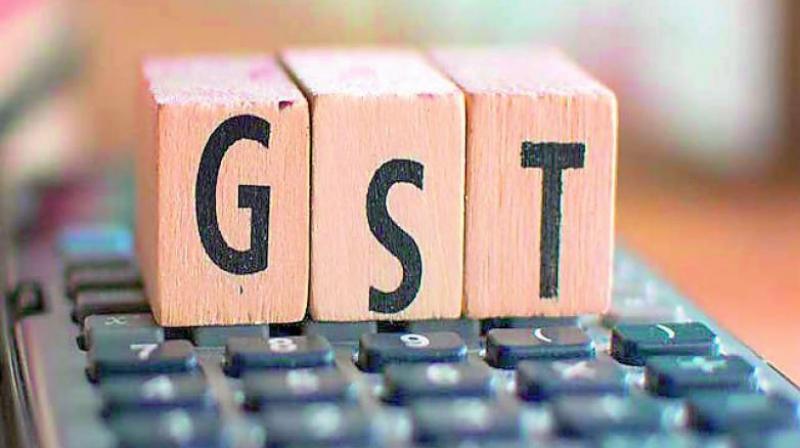Freedom from GST notices: How to avoid mismatches
Govt has gone about its business in a stern manner indeed, mandating a time of 30 days to all businesses who have received a notice.

Over the past few months, several businesses across the nation have been plagued with GST notices from the government. If reports are to be believed, there has been a nearly 34 per cent of GST mismatch or underpayment of GST, amounting to an overwhelming deficit of Rs 34,400 crores. Both taxpayers as well as firms have been served these notices, in response to all GST returns that have been filed between July and December 2017.
The major reasons for the mismatches are primarily two. To begin with, differences were observed between the self-declared GST liability and available input tax credit values, while filing summary returns in the form of GSTR-3B, and the invoice-wise details of all outward supplies in GSTR-1. Secondly, there have been instances where there were differences in the figures mentioned in GSTR-3B and the figures mentioned in GSTR-2A i.e. the details of purchases from one’s suppliers. The latter is more critical to the government, as any incorrect input tax credit allocation against the tax that is actually paid by the supplier, resulted in a loss in revenue.
With the emergence of these notices, it can be fairly assumed that the tax department’s previous soft approach towards non-compliance may be coming to an end in the GST era. The government has gone about its business in a stern manner indeed, mandating a time of 30 days to all businesses who have received a notice. Upon issue of the notice, if no explanation is received within the stipulated date, it will be assumed that one has no explanation to provide, and the relevant proceedings will be initiated against a business. Not to forget the stringent GST procedures, which have stipulated an 18% interest on wrongly claimed ITC, which is bound to discourage tax evasion or manipulation practices.
Under such circumstances, what could a business possibly do to achieve freedom from mismatches, thus attaining freedom from notices? One of the first things that can be done is to work with the right set of GST compliant suppliers. Doing so will ensure that at no point in time, is there any mismatch between the purchase details uploaded by a business and the data uploaded by its suppliers, thus eliminating the possibilities of different ITC calculations. In other words, this could go a long way to ensure that GSTR-3B and GSTR-2A are consistent.
What is also important is the need for businesses to keep a close watch on the data being fed in while filing summary returns in the form of GSTR-3B and while filing final returns in the form of GSTR-1. This requires a fairly high degree of compliance concentration from businesses, which can only be made possible by adapting a systematic way of maintaining books of accounts and records of transactions. Quite understandably, those businesses who still go about manual records or who maintain business records on spreadsheets, would be finding it a tad difficult to bring in the necessary corrections, which could help respond to such notices, and that too within the short period of time.
However, what is encouraging to note is, that even with the original return filing model having given way to a condensed model with GSTR-1 and GSTR-3B, the government is able to enforce a fair degree of compliance across the country. With the simplified return filing model knocking at the door, it will be the right time for businesses to adapt the right technology, and enjoy freedom from any such notices, mismatches and hassle at the end of a filing period.
—by Tejas Goenka, Executive Director, Tally Solutions Pvt. Ltd.

